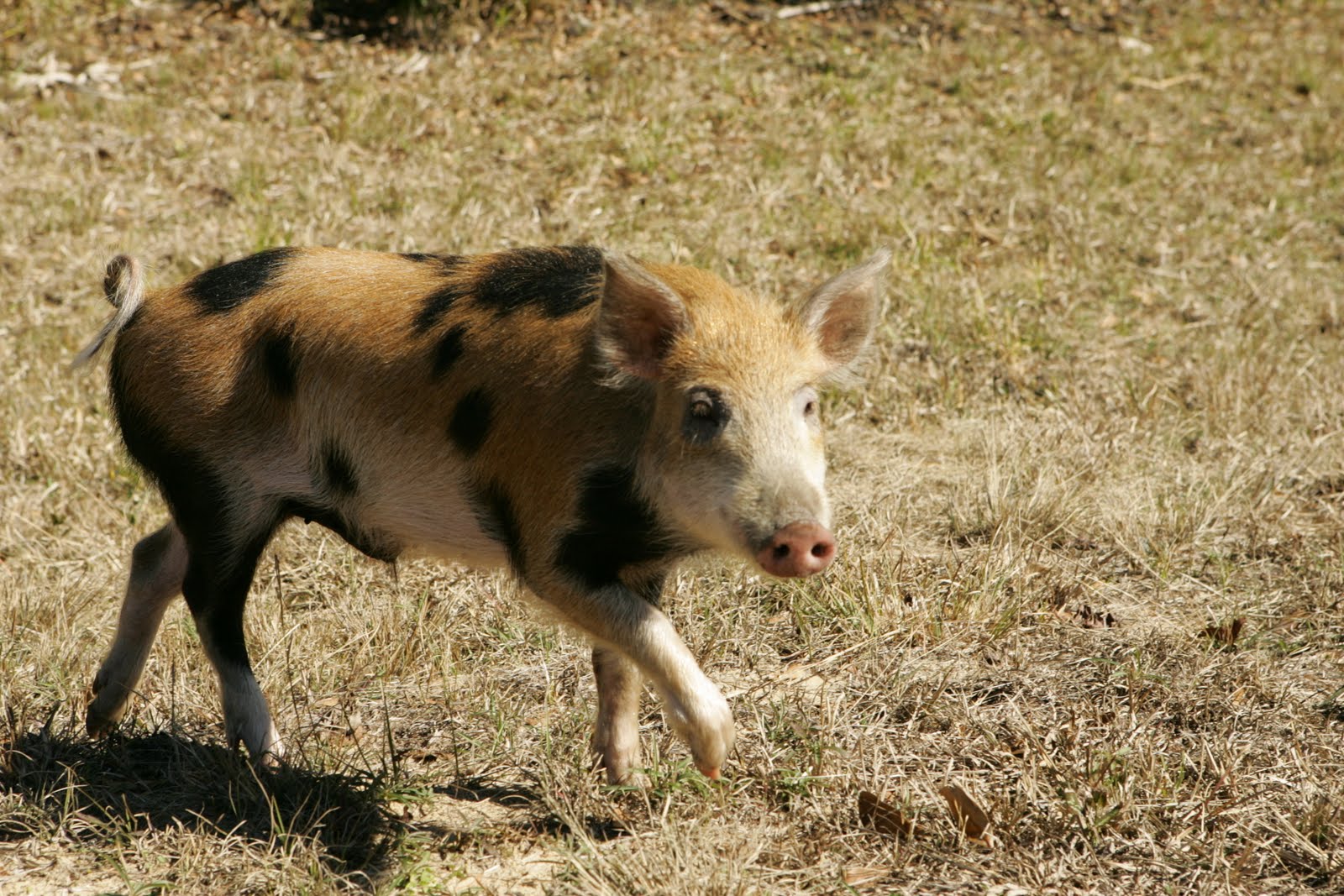 Old MacDonald never had it so good with his own domestic pigs. But if he has a farm in the Northwestern US, he may soon regret the success of feral swine, which have become a big problem in Idaho, Oregon and Washington.
Old MacDonald never had it so good with his own domestic pigs. But if he has a farm in the Northwestern US, he may soon regret the success of feral swine, which have become a big problem in Idaho, Oregon and Washington.
That has led those three states to create the “Squeal on Pigs” campaign to encourage hunters and others to report feral swine sightings. Local newspaper coverage (see below) reports a toll-free phone number for reporting the swine, but no info on a website for further info.
Read the article in the Spokane Spokesman-Review, here.
Read the Idaho Statesman article, here.
More info from the Oregon Department of Fish and Wildlife, here.
Of course, knowing how many feral swine you have in your state and whether that number is growing or declining is always an issue. “Squeal on Pigs” is one solution, but another is presented in the June issue of Wildlife Biology. European researchers have had success using DNA from fecal samples to model a feral swine population.
Read more in Wildlife Biology. (Subscription or fee required for full article.)
Photo: A feral swine piglet.

Leave a Reply